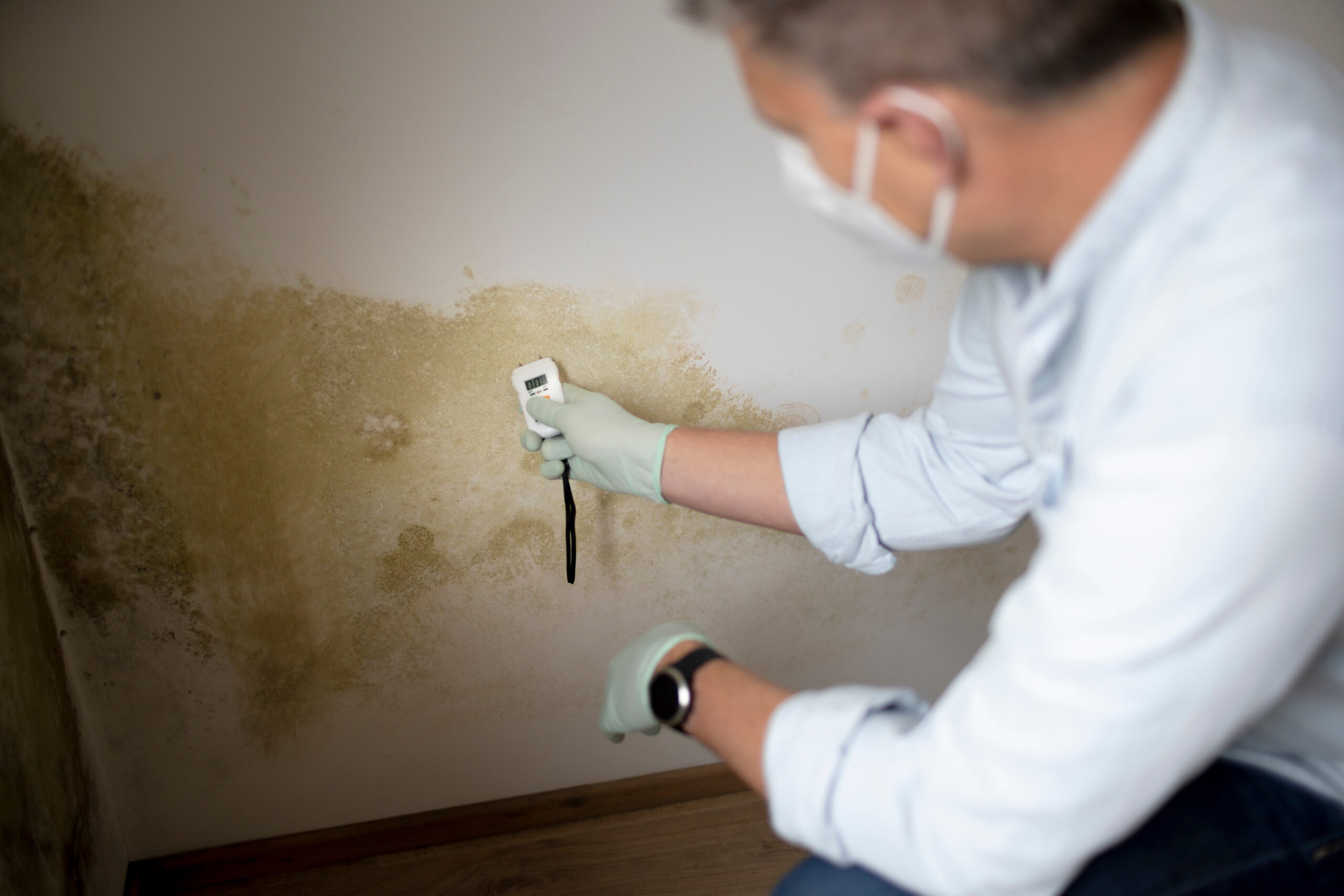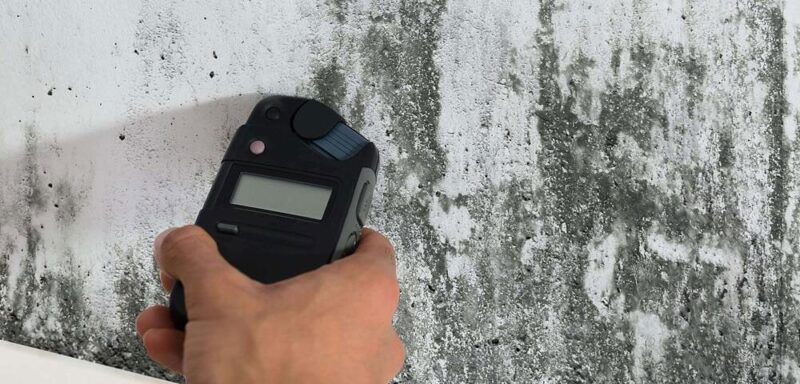Do you suspect mold may be lurking in your home? Finding mold in your living space can be a cause for concern, as it can have harmful effects on your health and well-being. Regularly testing for mold can help you stay on top of any potential issues before they become significant problems.
But how often should you test for mold in your home? This article will explore the frequency at which you should conduct mold inspections and provide tips on how to keep your living environment healthy and mold-free.
Importance of Regular Mold Testing in Your Home

Regular mold testing in your home is essential for maintaining a healthy living environment for you and your family. Mold can be hidden in various areas of your home, such as behind walls, under carpets, or in dark, damp spaces. By conducting regular mold testing, you can identify any potential mold growth early on and take necessary steps to address the issue before it becomes a larger problem.
Mold exposure can lead to various health issues, including respiratory problems, allergies, and skin irritation. Therefore, testing for mold on a consistent basis can help ensure the safety and well-being of your household. Dont wait until you can see or smell mold in your home; be proactive and schedule regular mold testing to protect your loved ones and prevent any potential health risks.
Factors to Consider When Determining How Often to Test for Mold

When determining how often to test for mold in your home, there are a few key factors to consider. First, you should take into account any previous issues with mold in your home, as well as any current moisture problems. If you live in a humid climate or have experienced flooding in the past, more frequent testing may be necessary.
Additionally, consider the age and condition of your home, as older homes may be more prone to mold growth. Its also important to take into account any health issues that may be exacerbated by mold exposure, as frequent testing can help ensure a healthy living environment.
Lastly, consider any recent renovations or repairs that may have disrupted areas where mold could potentially grow. By taking these factors into consideration, you can determine the best testing schedule for your home to ensure the health and safety of you and your family.
Recommended Frequency for Mold Testing in Various Areas of Your Home

The recommended frequency for mold testing in various areas of your home can vary depending on several factors. In high-humidity areas such as bathrooms and basements, it is advisable to test for mold at least once a year. These areas are more prone to moisture buildup, which can create the perfect environment for mold growth.
In other areas of the home, such as bedrooms and living rooms, testing can be done every two to three years. However, if you notice any signs of mold growth, such as musty odors or visible mold, it is recommended to test for mold immediately. Regular mold testing can help you identify and address any issues before they become more serious and potentially harmful to your health.
Conclusion
In conclusion, the frequency at which you should test for mold in your home can vary depending on various factors such as your geographic location, the age and condition of your home, and any existing health concerns. However, it is generally recommended to conduct regular inspections and testing, especially in areas prone to moisture and humidity.
Consulting with a mold expert can help you develop a proactive plan for mold prevention and detection, ultimately ensuring the safety and well-being of you and your family. Remember, early detection and prevention are key in avoiding costly mold remediation and potential health risks associated with mold exposure. Stay vigilant and proactive in maintaining a healthy indoor environment for you and your loved ones.


